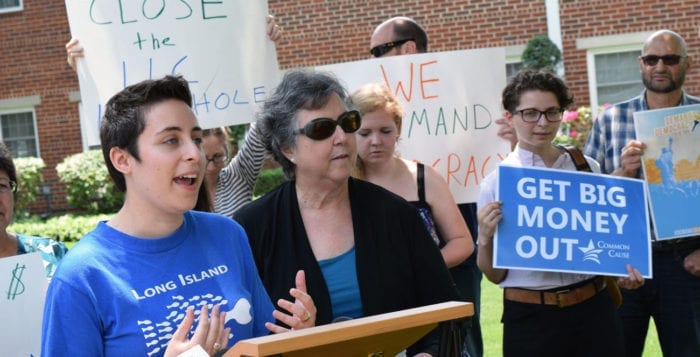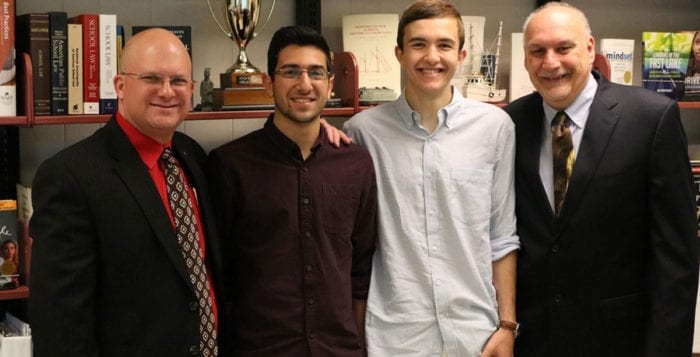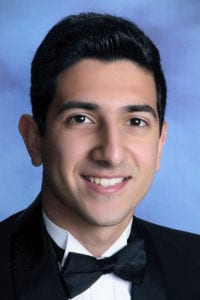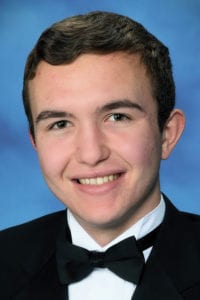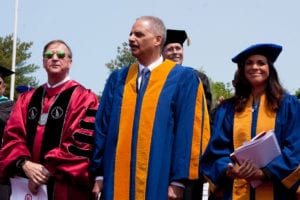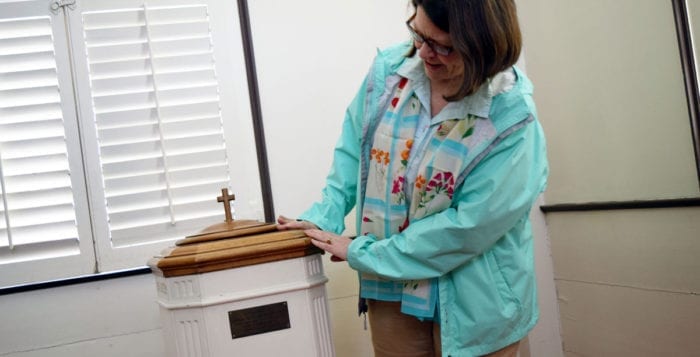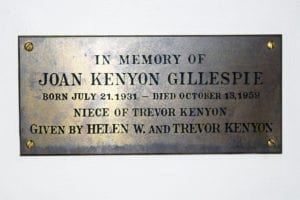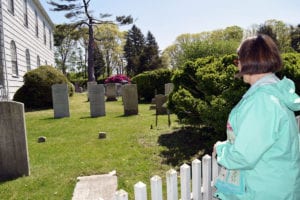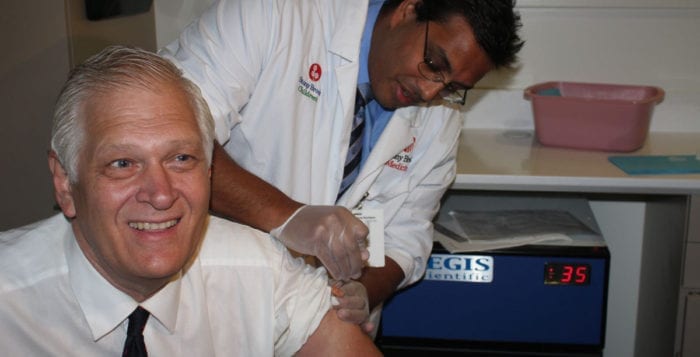Stony Brook University graduate Frank Zinghini originally started his software vulnerability management company Code Dx out of Northport, but he has since setup shop in a more “incubated” environment, thanks to the university’s office of economic development.
Now, he and his team don’t even need to pick up a phone to chat with like-minded entrepreneurs — all they need to do is poke their heads next door.
“We need engineering help, and we’re looking to the university for that,” said Brianne O’Brien, director of sales and training at Code Dx. “It’s amazing the amount of attention we have here.”
Code Dx was one of nearly 40 booths cascaded throughout the second floor of the campus’s Center of Excellence in Wireless and Information Technology building on Thursday, as its office of economic development flexed its muscles at an incubator showcase. Businesses did a lot of sharing throughout the day — of their stories, but also of mentorship, advice, expertise and more.
Yacov Shamash, vice president for economic development at the university, said the goal was to link the academic and research resources of the campus with the greater economic needs of Long Island and New York State. Much like a mother bird sitting over her egg before it hatches, the university has been “incubating” businesses in various centers across the island with an eye on tomorrow.
Many of those businesses that blossom underneath the incubator umbrella explore various facets of science and technology and end up employing Stony Brook University grads and other North Shore natives before branching out, the vice president said.
“It is a wonderful opportunity for learning and hiring,” he said. “It’s a positive thing for Long Island — no question.”
Ann-Marie Scheidt, director of economic development at the university, said last Thursday was the university’s first incubator showcase, showing off just what kinds of innovation occurred on a daily basis there and just how diverse it could be. It is that diversity that she said was essential when confronting the region’s problems of tomorrow.
“As they grow up, we provide them with the help they need. But they also become connected with other local groups doing business around them,” Shamash said in an interview. “Our goal is to embed them in the Long Island community and to create great jobs.”
One of the incubated companies took the spotlight that afternoon as a “graduate” of the university’s business incubator program. Codagenix Inc. spent the past three years “incubating” at the campus and has grown to a point where they were able to move to a larger space in Melville, and North Shore lawmakers made sure they were there to send them off.
Yi-Xian Qin of QB Sonic Inc. smiled from ear-to-ear as he shared the medical advancements of his incubated business, which was working to develop a noninvasive ultrasound simulator to address common injuries like hip fractures. He said it was the incubation that actually helped his company thrive at such an early stage in its first year.
“The incubator is flexible,” he said. “You can be a huge company or occupy a small office. Either way, it lets you meet with other companies. It’s very good for the other start-ups.”


